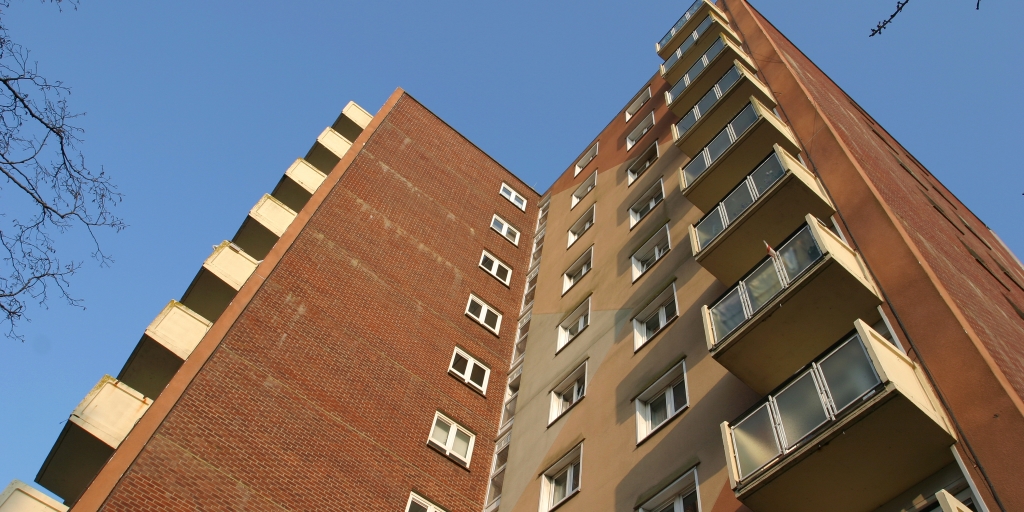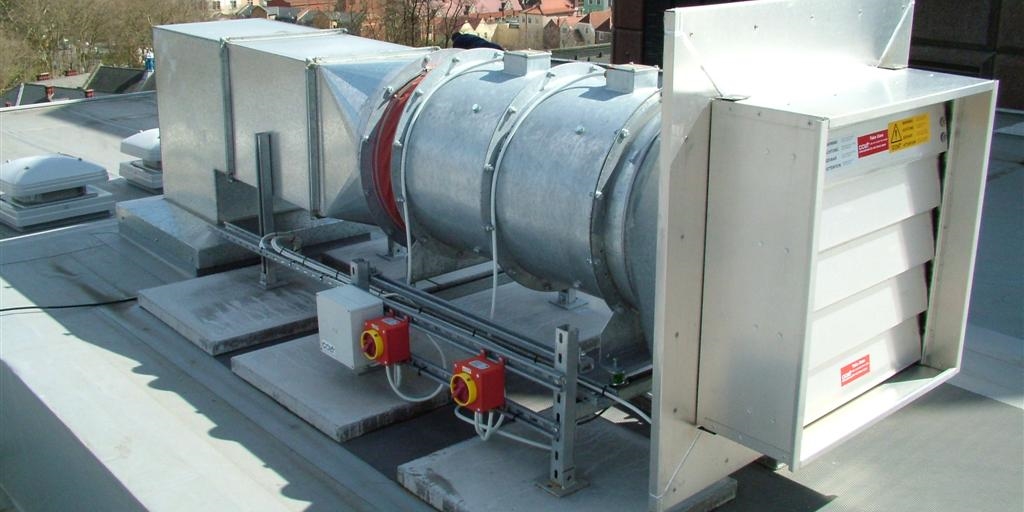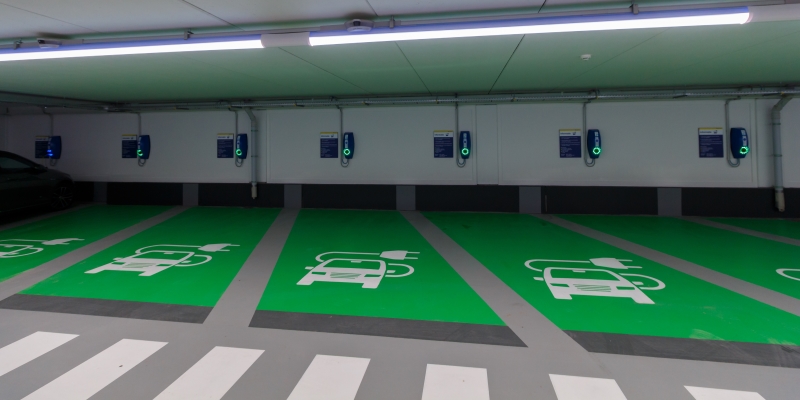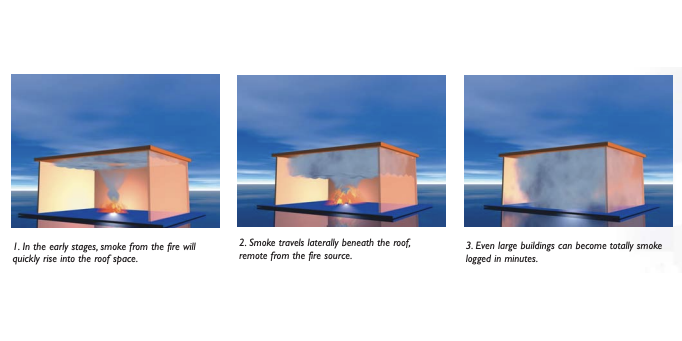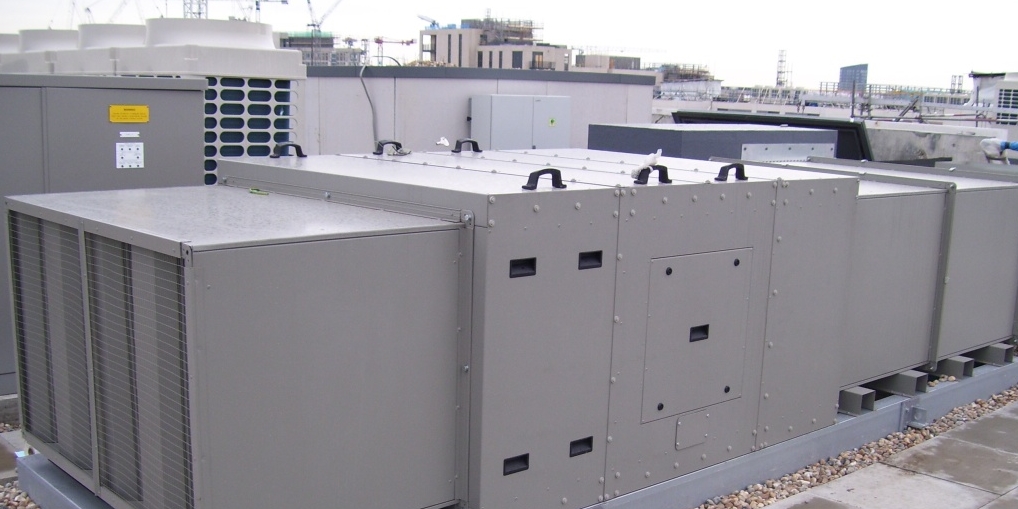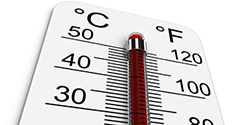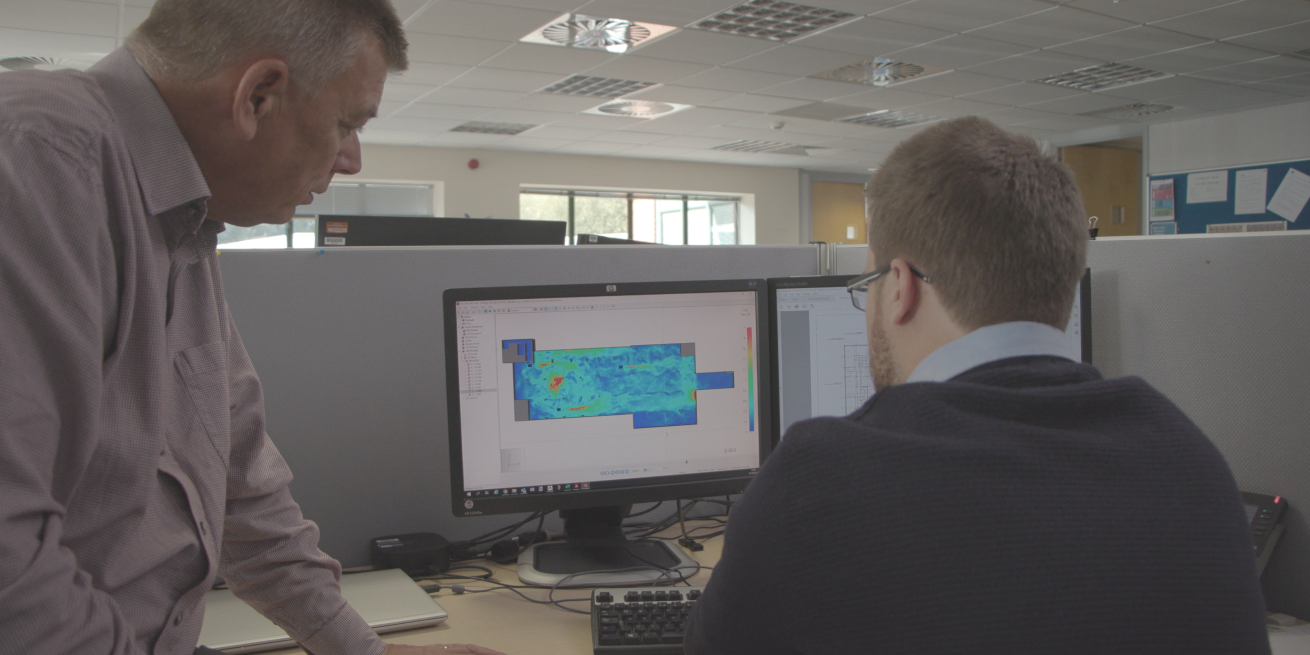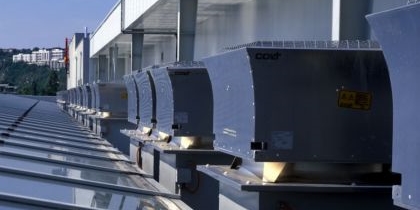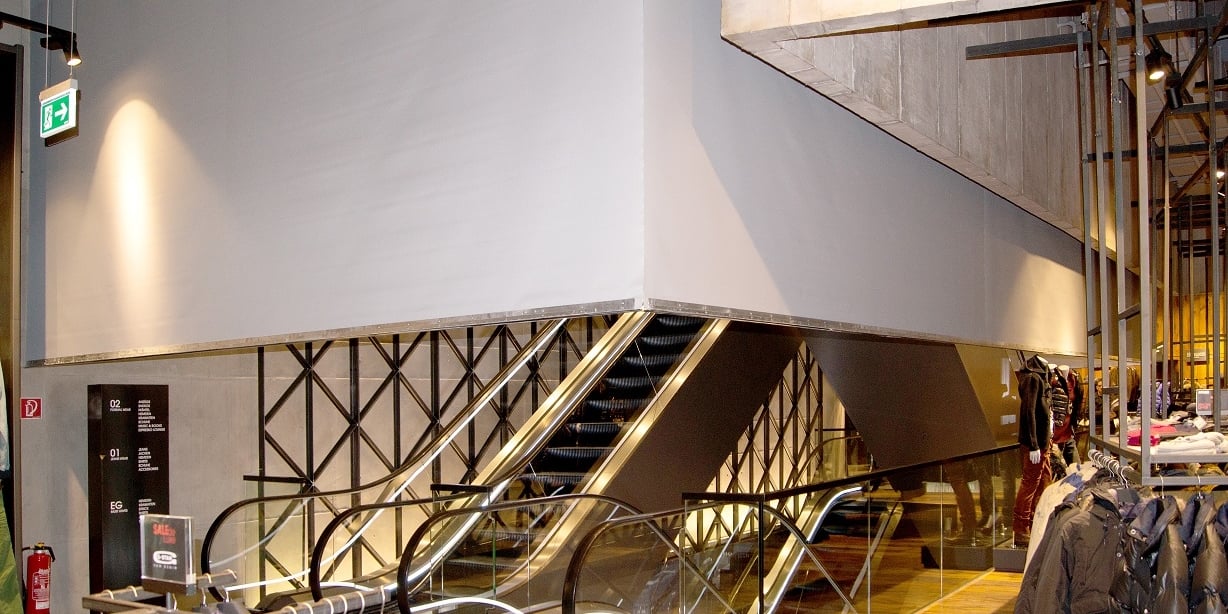If you read our blogs regularly, you will know that we recently asked our design team to help us answer some of our customers’ most frequently asked questions on smoke control. In Part 1, we covered four topics: car park ventilation, natural vs. mechanical ventilation, smoke dampers and environmental ventilation. If you missed that instalment, read it here.
In Part 2, we will be answering questions on CFD (Computational Fluid Dynamics), the components of a smoke control system, when you need smoke control in a building and pressurization systems.
Read More
Topics:
Smoke Control,
Smoke ventilation,
HVAC,
Controls
Every day, our technical consultants and designers deal with a wide range of projects and challenges that require specific knowledge and expertise in smoke control design and installation.
To help us share some of this knowledge with you, we asked them to compile a set of questions and answers for the most frequently queried topics from customers - we ended up with eight subjects:
Car Park Ventilation
Natural vs. Mechanical Ventilation
Smoke Control & Fire Dampers
Environmental Ventilation
CFD (Computational Fluid Dynamics)
The Components of a Smoke Control System
When Do You Need Smoke Control in a Building?
Pressurization Systems
In part 1 of this blog, we will cover Car Park Ventilation, Natural vs. Mechanical Ventilation, Smoke Dampers and Environmental Ventilation. To get an email notification when Part 2 is released, subscribe to our blog.
Read More
Topics:
Smoke Control,
Smoke ventilation,
HVAC,
Controls
Electric cars are becoming more prevalent and car parks are facing a new risk with the growing numbers of cars being charged in them. This may lead to a number of fires in their lithium-ion batteries, that will pose a challenge to firefighters and to those responsible for safety in the car parks.
Read More
Topics:
Smoke Control,
Smoke ventilation,
HVAC,
Controls
When a fire breaks out, the consequences can be devastating. In warehouses or other large, single-storey buildings such as factories, not only are lives put at risk, but large quantities of stock can be destroyed as well. Depending on the damage caused, days or months of production time can be lost – a challenge that most companies might find it difficult to recover from.
In this blog, we aim to give you some more information about how a smoke control and smoke clearance system can help to reduce damage to buildings and stock, whilst keeping occupants safe.
Read More
Topics:
Smoke Control,
Smoke ventilation,
HVAC,
Controls
Smoke control systems are vital to keeping buildings and occupants safe. However, unfortunately there are also occasionally times when things can go wrong and the systems fail. In this blog, we aim to cover some of the most common issues and how they can affect the overall performance of smoke shaft systems.
Read More
Topics:
Smoke Control,
Smoke ventilation,
HVAC,
Controls
Act responsibly or face hefty financial and legal consequences. This is the message the government is sending to manufacturers, installers and suppliers of fire safety equipment with its latest amendments to The Building Safety Bill.
In February, the government tabled 38 pages of amendments to The Building Safety Bill that would impose extremely stringent penalties on manufacturers, installers and others across the industry who do not comply with the proper standards and regulations. Although the main driver for these changes is cladding issues, systems and products like smoke control, sprinklers and fire alarms are also included.
Read More
Topics:
Smoke Control,
Smoke ventilation,
HVAC,
Controls
In this blog, we aim to provide guidance on UK legislation with particular emphasis on the regulations in England that form the basis for smoke control design. Since local government was devolved, each nation state has produced its own guidance framework for construction. In England this is defined by the Building Regulations 2010 and the Approved Documents – specifically Approved Document B for Fire Safety. In Wales it is similar, except the Approved Documents are specific to Wales. In Scotland, the requirements are set out in the Building (Scotland) Regulations 2004 and the supporting guidance can be found in the Building Standards Technical Handbooks – Section 2 for Fire Safety. Finally, for Northern Ireland, it would be the Building Regulations (NI) 2012 supported by the Technical Booklets – E, for fire safety.
Read More
Topics:
Smoke Control,
Smoke ventilation,
HVAC,
Controls
Both pressurization systems and smoke shafts are commonly used for smoke control in buildings to protect escape routes. But how do you decide what approach to take for your building? The decision is influenced by legislation and standards, building configuration, budget and space requirements - there is no universal “right” choice, but there’s certainly a best choice for each individual building. In this blog, we will give you an overview of the differences between these systems, how they work and other key comparisons that can help you understand what’s best for your project.
Read More
Topics:
Smoke Control,
Smoke ventilation,
HVAC,
Controls
If you have become newly involved in the world of smoke control, you may hear or see the term ‘”AOV” quite frequently and be wondering what it means and what AOVs do. In this blog, we aim to give you a good understanding of what AOVs are and when they might be required in a building.
Read More
Topics:
Smoke Control,
Smoke ventilation,
HVAC,
Controls
The ongoing quest for energy efficiency has led to very good insulation in residential buildings. This is very good for the environment and energy performance, but it also has an unintended consequence on stair lobbies, corridors and entrance halls, in the form of overheating. This results in unpleasant conditions for residents and possible issues maintaining cold water supply temperatures.
Heat build-up in corridors or lobbies of residential buildings is a common problem with a simple solution. If there is a risk of overheating in buildings where they already exist or are part of the design, use the smoke shafts. These are typically positioned in a way that can also provide effective environmental ventilation (the use of natural or mechanical ventilation to create better internal conditions). Therefore, they can serve a dual purpose of evacuating smoke in case of fire and providing day-to-day ventilation to extract any excess heat as required.
However, the design and controls need to be well thought through and there are some pitfalls to avoid for the solution to deal with overheating effectively.
Read More
Topics:
Smoke Control,
Smoke ventilation,
HVAC,
Controls
Power generation plants and energy from waste facilities, whatever their size, present several design challenges in relation to ventilation and smoke extraction.
With over 85 years in ventilation and smoke control design, manufacture and install, Colt has worked with numerous power generation and energy from waste facilities. To help us navigate the challenges presented by these complex projects, one of the key tools we use to assist with designing effective systems in power generation, is in-house computational fluid dynamics (CFD). Before we explain the benefits of CFD further, let’s take a look at some of the most common problems a designer working on a power generation project might encounter.
Read More
Topics:
Smoke Control,
Smoke ventilation,
HVAC,
Controls
While it’s often understood that the basic function of a smoke control system is to control the movement of smoke in a fire to help keep buildings and their occupants safe, we also frequently get asked what components go into designing an effective smoke control system.
To answer that question in simple terms, we can compare a well-designed smoke control system to a human body, as all the same basic elements are needed to keep each functioning properly:
- Decision-making control panel (brain)
- Sensors and detectors (eyes/ears)
- Equipment and devices (muscles)
- Cable Network (nervous system)
- Power Supplies (cardiovascular system)
Read More
Topics:
Smoke Control,
Smoke ventilation,
HVAC,
Controls
What are smoke and fire curtains?
Smoke and fire curtains are both components that can form part of a fire safety system, but there are distinct differences in their roles and how they operate.
Read More
Topics:
Smoke Control,
Smoke ventilation,
HVAC,
Controls
Smoke control is a ‘wide science’: it requires in-depth knowledge of the building layout, the technical aspects and the bewildering array of building regulations in force. Each type of building has its own peculiarities and some have specific regulations and guidance on smoke ventilation.
Read More
Topics:
Smoke Control,
Smoke ventilation,
HVAC,
Controls
Many residential and commercial buildings feature atria as a design feature to create a light well or to incorporate lifts or stairs into the design in a visually aesthetic way. However, they also provide a passage whereby smoke and fumes resulting from a fire could easily spread up through the entire building and affect multiple floors. Therefore, having effective smoke control and suppression systems in place in buildings with atria is essential.
Read More
Topics:
Smoke Control,
Smoke ventilation,
HVAC,
Controls

